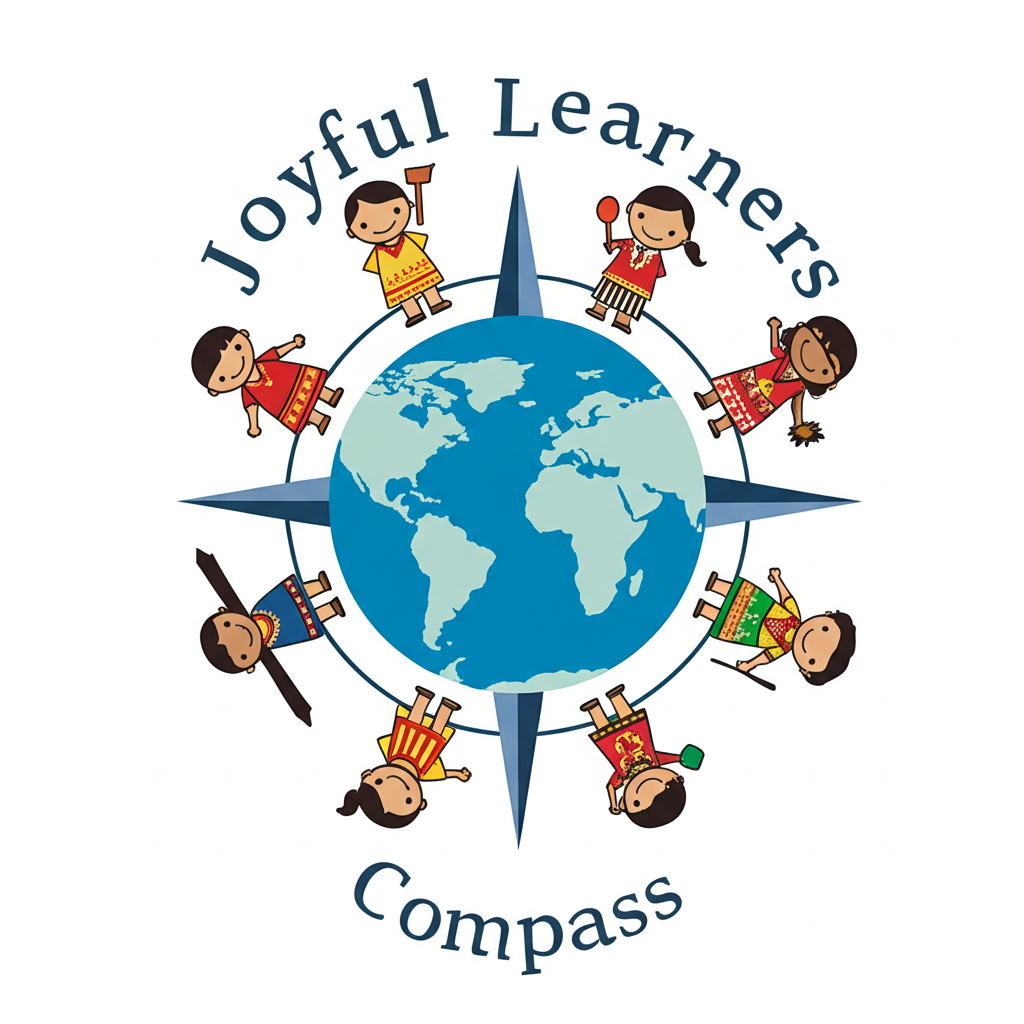 Image 1 of 1
Image 1 of 1


Cruise Ship Journey
This lesson plan, “Joyful Journey: Cruise Ship Journey”, is a two-week, cross-curricular unit designed for Pre-K and elementary students. It transforms a real or simulated cruise ship experience into an engaging learning adventure, integrating ELA, math, science, social studies, art, physical education, and safety skills.
Students explore nautical vocabulary, real-world math applications (counting, estimating, measuring), and science concepts such as buoyancy through hands-on experiments like building foil boats. They also gain geography and navigation skills by reading maps, using directional terms, and tracking routes, while learning about crew roles and ship operations in social studies.
Daily activities encourage observation, documentation, and creative expression through a personal Cruise Log that combines drawings, written reflections, and collected mementos. Each week blends structured learning with authentic cruise experiences:
Week One focuses on introducing ship vocabulary, mapping spaces, identifying ship parts and jobs, practicing counting and measurement, conducting buoyancy experiments, and participating in safety drills.
Week Two builds on these skills with daily journaling, time-telling using the ship’s schedule, ocean and sky observations, cultural introductions to ports of call, food exploration, and participation in onboard activities.
The culminating projects include a completed Cruise Log scrapbook, a model of the ship, and a route map, with students presenting a “Cruise Report” to share their learning. Differentiation strategies, ELL supports, and parent-child connection activities are woven throughout to make the unit accessible and engaging for all learners.
Overall, this lesson plan combines experiential learning, literacy development, STEM activities, and cultural awareness in a playful, real-world setting, encouraging curiosity, hands-on exploration, and reflection.
This lesson plan, “Joyful Journey: Cruise Ship Journey”, is a two-week, cross-curricular unit designed for Pre-K and elementary students. It transforms a real or simulated cruise ship experience into an engaging learning adventure, integrating ELA, math, science, social studies, art, physical education, and safety skills.
Students explore nautical vocabulary, real-world math applications (counting, estimating, measuring), and science concepts such as buoyancy through hands-on experiments like building foil boats. They also gain geography and navigation skills by reading maps, using directional terms, and tracking routes, while learning about crew roles and ship operations in social studies.
Daily activities encourage observation, documentation, and creative expression through a personal Cruise Log that combines drawings, written reflections, and collected mementos. Each week blends structured learning with authentic cruise experiences:
Week One focuses on introducing ship vocabulary, mapping spaces, identifying ship parts and jobs, practicing counting and measurement, conducting buoyancy experiments, and participating in safety drills.
Week Two builds on these skills with daily journaling, time-telling using the ship’s schedule, ocean and sky observations, cultural introductions to ports of call, food exploration, and participation in onboard activities.
The culminating projects include a completed Cruise Log scrapbook, a model of the ship, and a route map, with students presenting a “Cruise Report” to share their learning. Differentiation strategies, ELL supports, and parent-child connection activities are woven throughout to make the unit accessible and engaging for all learners.
Overall, this lesson plan combines experiential learning, literacy development, STEM activities, and cultural awareness in a playful, real-world setting, encouraging curiosity, hands-on exploration, and reflection.
